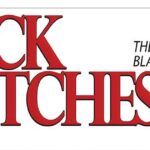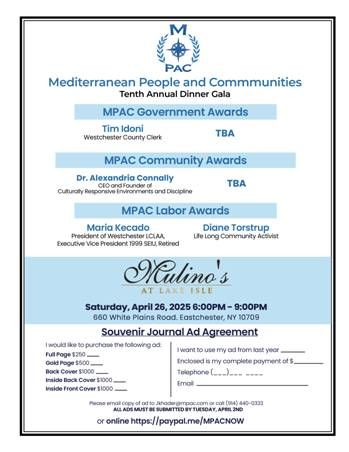As the 2026 midterm elections draw near, President Donald Trump faces a crucial challenge: can his administration’s economic strategy, especially its focus on tariffs and bringing back American manufacturing, produce tangible results in time to maintain Republican control over Congress? Historically, midterms often act as a referendum on a sitting president’s policies, and the GOP must demonstrate that its economic vision is not only ambitious but also effective.
The recent surge in investment announcements from corporate giants like Apple, Taiwan Semiconductor Manufacturing Company (TSMC), and SoftBank indicates that Trump’s policies are at least impacting corporate decision-making. Apple’s unprecedented $500 billion commitment to U.S. manufacturing, TSMC’s $100 billion expansion in Arizona, and SoftBank’s $100 billion investment in U.S. artificial intelligence projects reflect a shift toward domestic production and technological innovation. However, these projects, while significant, will take years to fully materialize. The challenge for the Trump administration is to ensure that voters perceive tangible benefits—job creation, wage growth, and economic stability—before they head to the polls in November 2026, which is now just 20 months away.
With limited time, the pressure is on Trump to secure immediate economic wins. Historically, the party in power struggles during midterm elections, often losing control of one or both chambers of Congress. The Republican Party currently faces an uphill battle to maintain dominance in the House and Senate, and the effectiveness of Trump’s economic policies could be a key factor in shaping voter sentiment. The administration must not only speed up job creation but also tackle inflationary pressures and supply chain disruptions that could jeopardize these gains.
Trump’s approach is not without precedent. Previous presidents have used similar strategies, with mixed results. Ronald Reagan imposed tariffs on Japanese imports in the 1980s to protect American industries; while these tariffs benefited certain sectors, they also resulted in higher prices for consumers. George W. Bush’s steel tariffs in 2002 aimed to boost domestic production but were quickly rolled back following international backlash. Bill Clinton took a different approach—he focused on free trade agreements and tax incentives, which spurred economic growth but also contributed to the outsourcing of manufacturing jobs. Barack Obama, through the CHIPS and Science Act and renewable energy subsidies, promoted domestic tech investments, a trend that continues today. Trump’s challenge is to learn from these past policies—balancing protectionism with incentives—while providing quick, visible results to voters.
The question remains: is this the result of Trump’s tariff policies, or is it a continuation of previous government incentives like the CHIPS and Science Act? While tariffs on China have pushed companies to reconsider their supply chains, it is the generous tax breaks and subsidies introduced under the CHIPS Act that have truly attracted corporations to invest in American soil. If Trump wants to take full credit for this economic shift, his administration will need to build on these policies rather than merely relying on tariffs as a blunt instrument.
Yet, while Trump’s economic message centers around revitalizing American manufacturing, there are political landmines. Reports indicate that Republican lawmakers are avoiding town Halls, concerned about potential voter backlash regarding proposed budget cuts, including those impacting Medicaid. Internal party strife could complicate efforts to present a unified economic vision. The Republican Party’s success in the midterms will depend not just on economic performance but also on their ability to navigate public discontent and avoid self-inflicted wounds.
Trump’s path to midterm success depends on swift and noticeable economic improvements. The administration needs to collaborate with state and local governments to accelerate manufacturing projects, advocate for further corporate commitments, and develop a compelling public messaging campaign that showcases economic growth. Furthermore, the White House must stay vigilant about possible economic downturns or job losses in industries affected by tariffs, as these could damage the GOP’s position with crucial voter groups.
Trump’s economic strategy is to serve as a winning campaign narrative, the administration must accelerate project timelines, ensure visible job creation, and mitigate inflationary pressures that could erode voter confidence. Otherwise, Republicans risk repeating history: midterm losses due to unmet promises and economic discontent.
Democrats are already positioning themselves to take advantage of any perceived economic shortcomings. Their strategy revolves around highlighting delayed job growth, rising costs, and vulnerabilities in Trump’s trade policies. By emphasizing the risks of tariffs, potential job losses in certain industries, and economic instability, Democrats aim to rally key voter demographics—particularly working-class Americans and suburban moderates—who may feel the effects of economic uncertainty. Additionally, they plan to counter Trump’s America First narrative with a renewed focus on economic equity, climate investment, and technological innovation to appeal to younger and minority voters.
The next 20 months will decide whether Trump’s economic gamble succeeds—or if Democrats will effectively exploit the gaps in his policies and use them as a pathway to reclaiming congressional power.
The clock is ticking.










